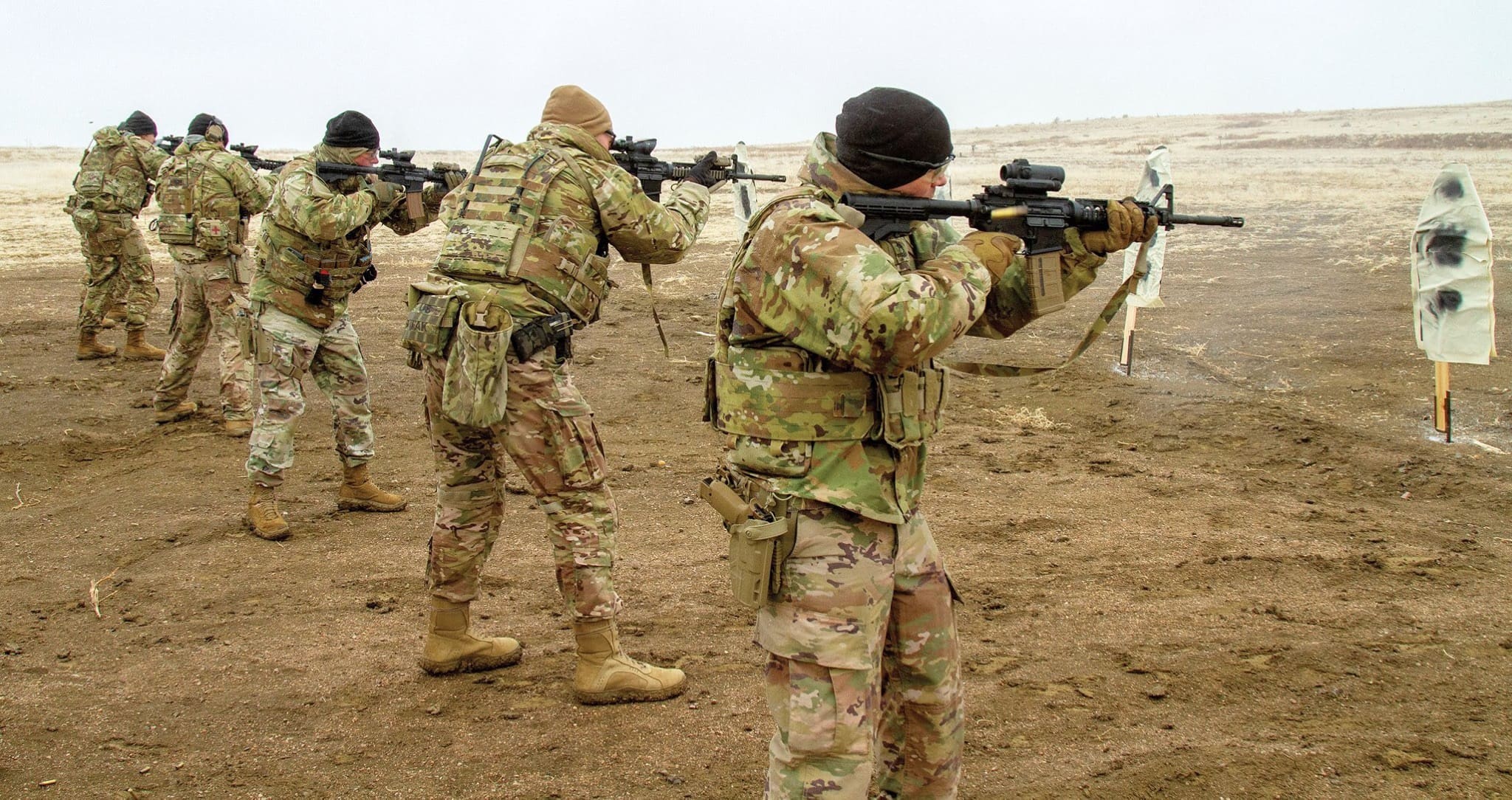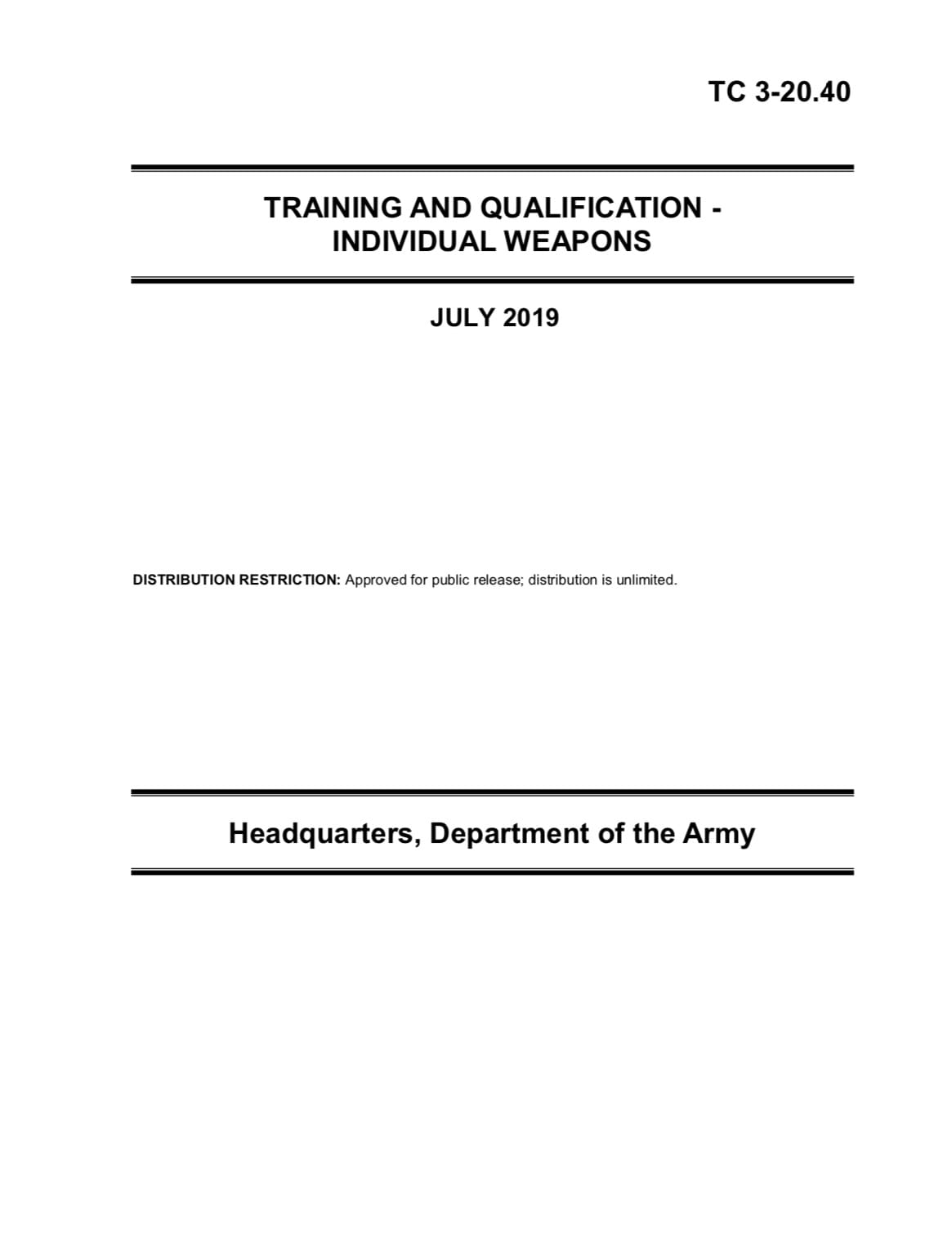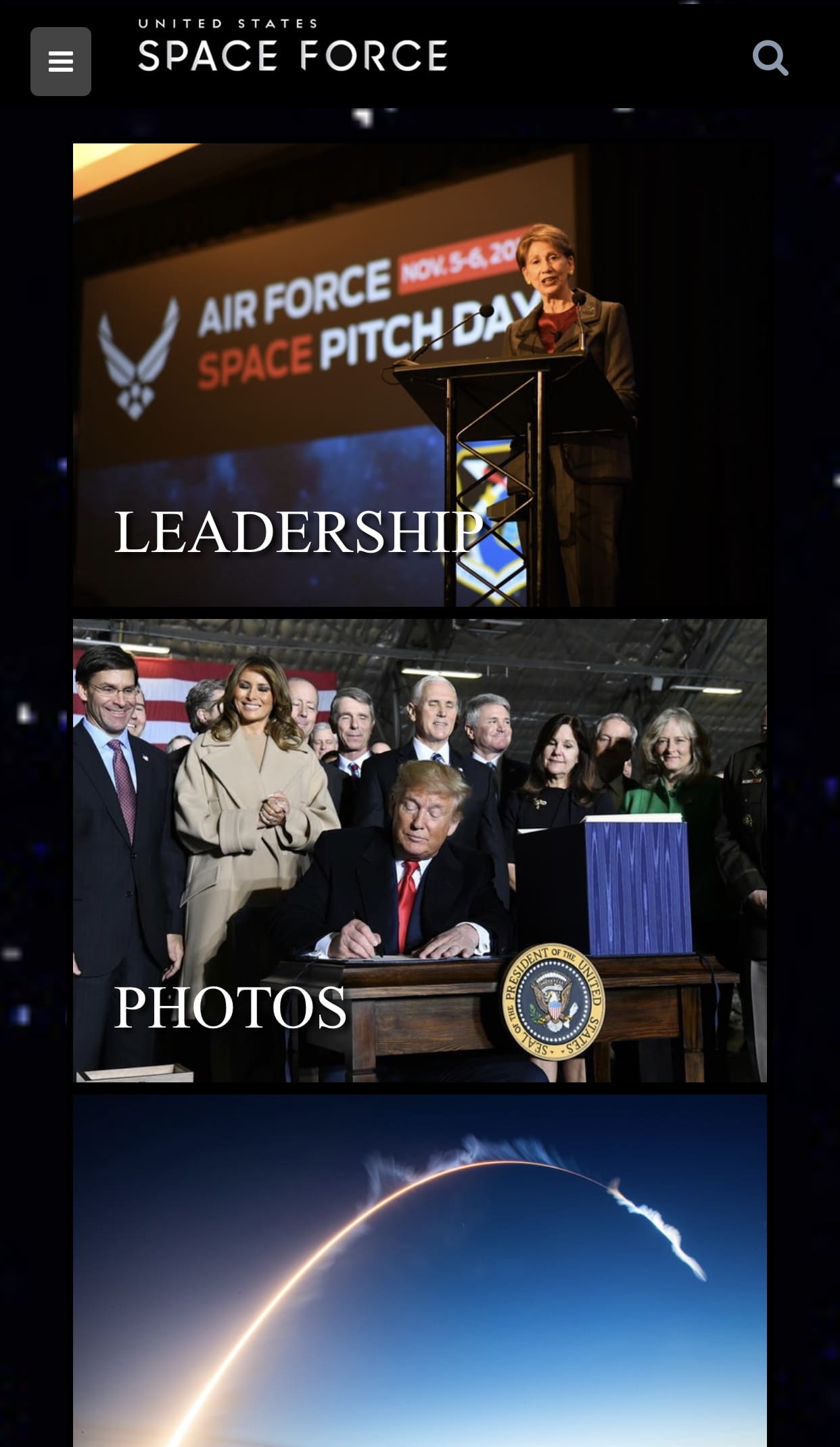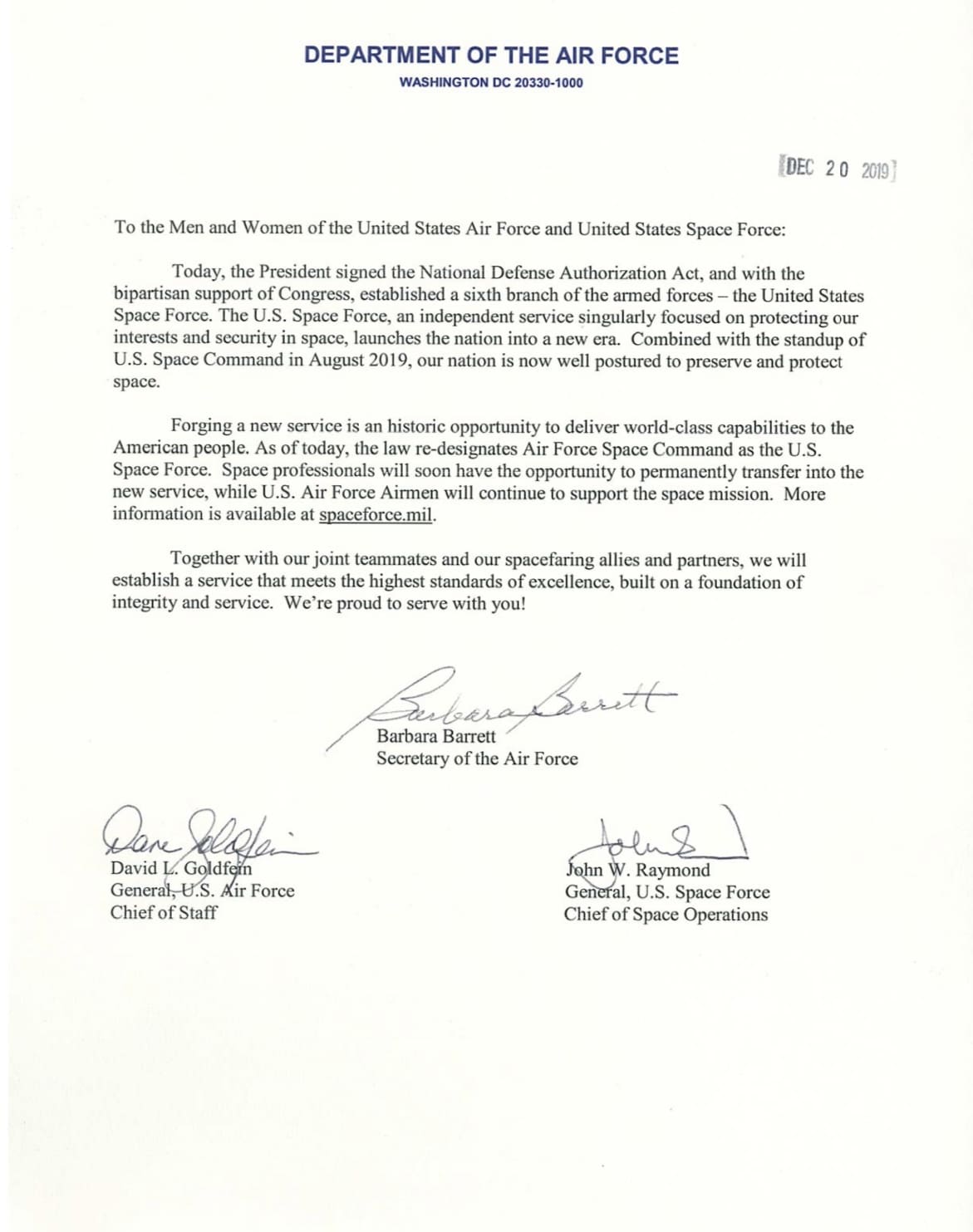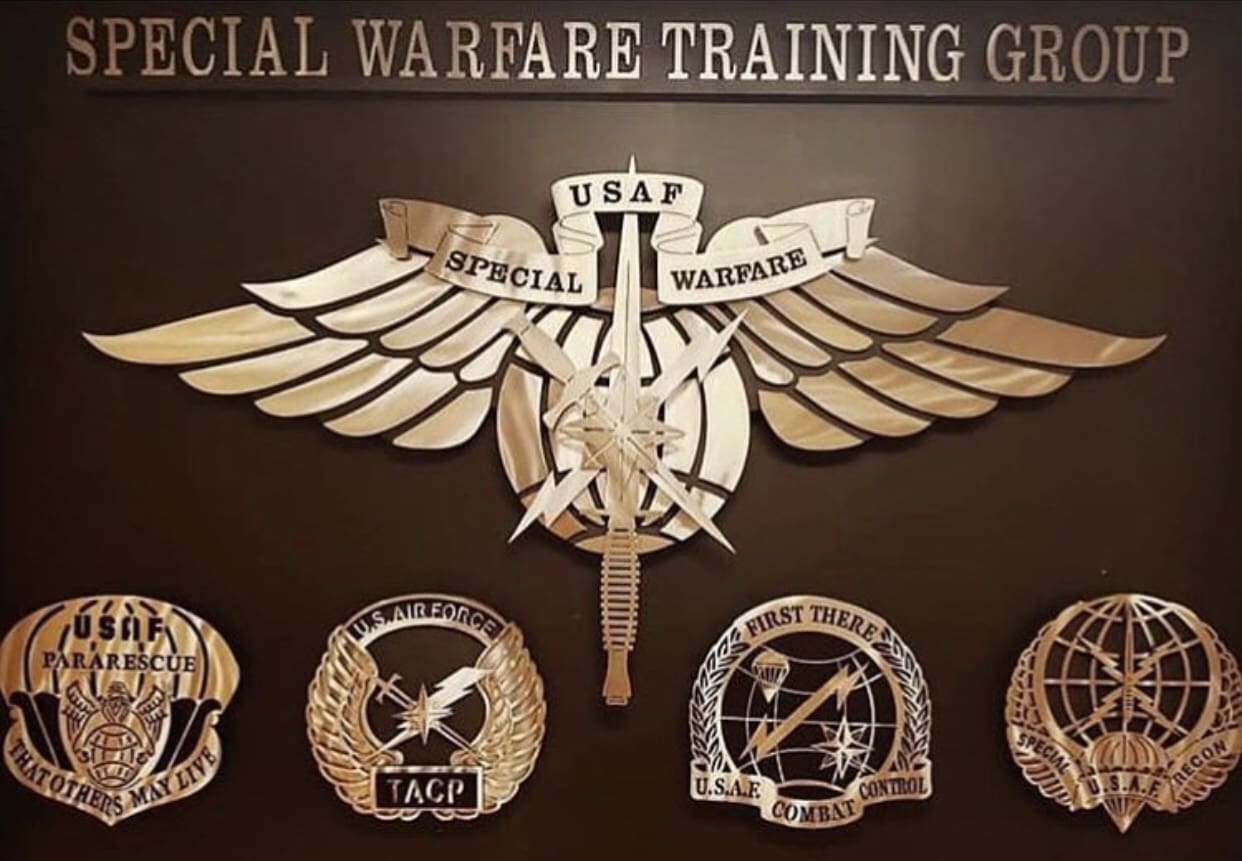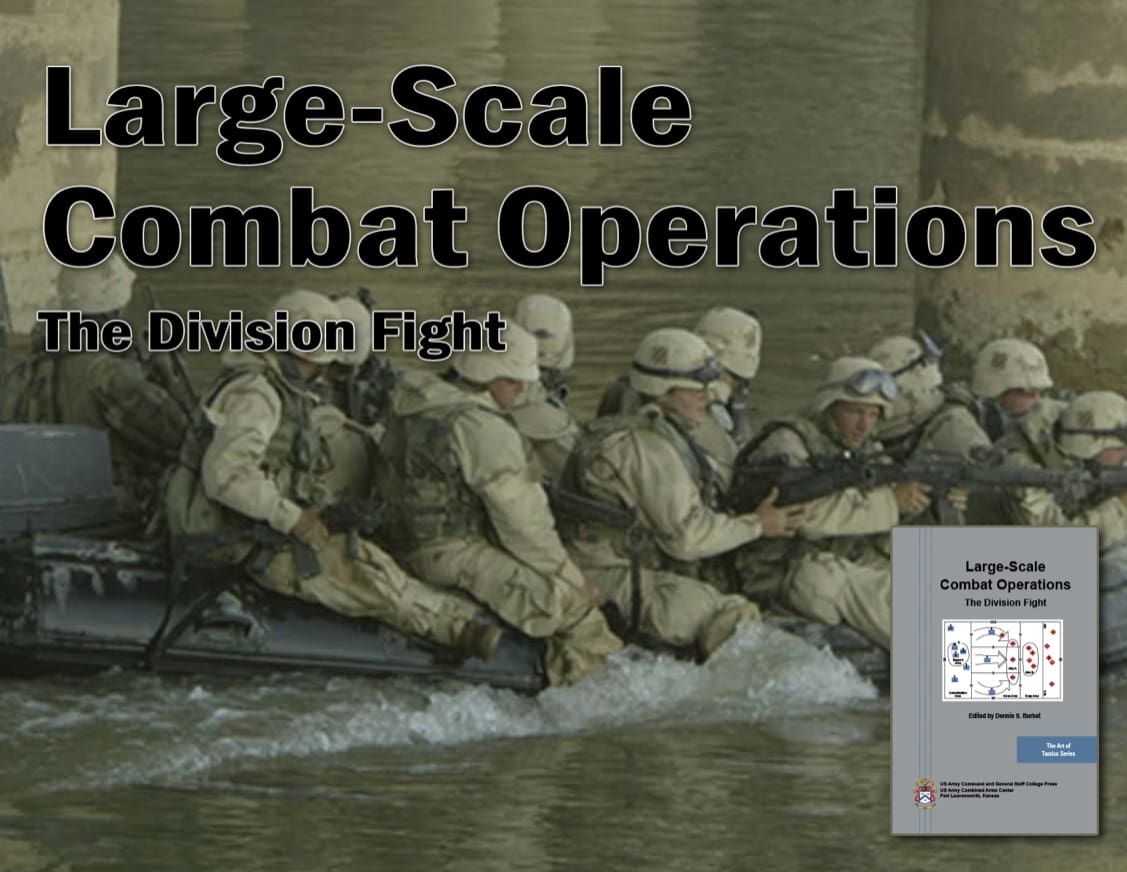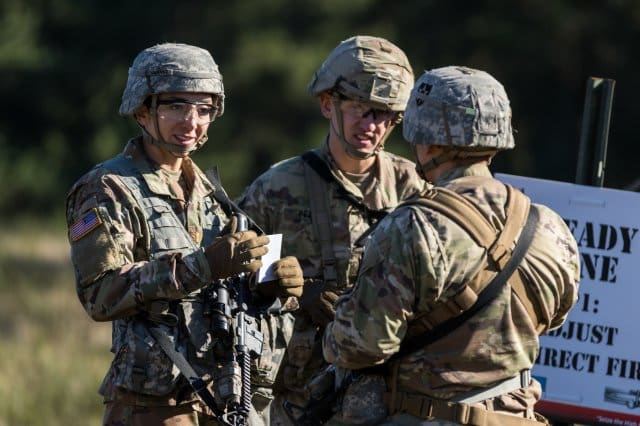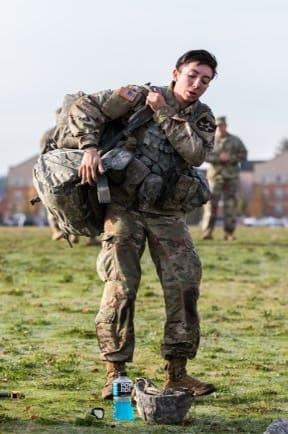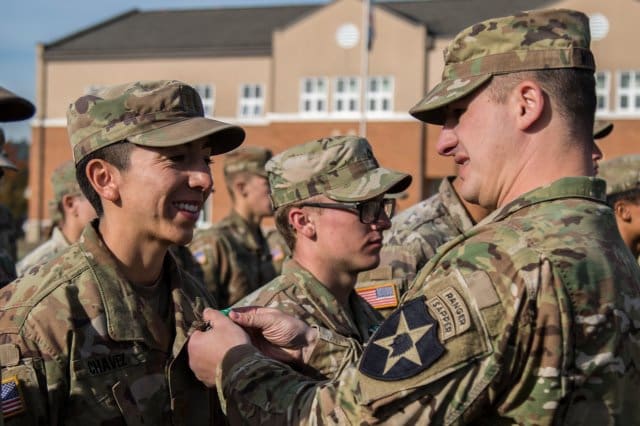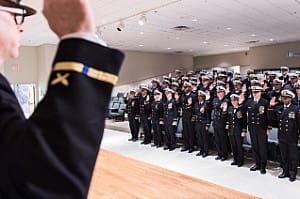Someone asked last time about the “Traits that you look for when selecting personnel for a role or team?” A number of things to consider came to mind immediately. First, it would be accurate to say that all of us are constantly assessing those we work with; and, in turn, we are assessed by them. Sometimes, in the military especially, the professional assessment (testing) or “selection” process is formalized and fairly objective; but most often, it is informal and more subjective. In any case, both formal and informal professional assessment criteria should directly relate to the work for which a candidate is being considered. Ultimately, those who meet or exceed those criterions will be “selected” at the culmination of the process. In so many words, professional assessment is always a job interview.
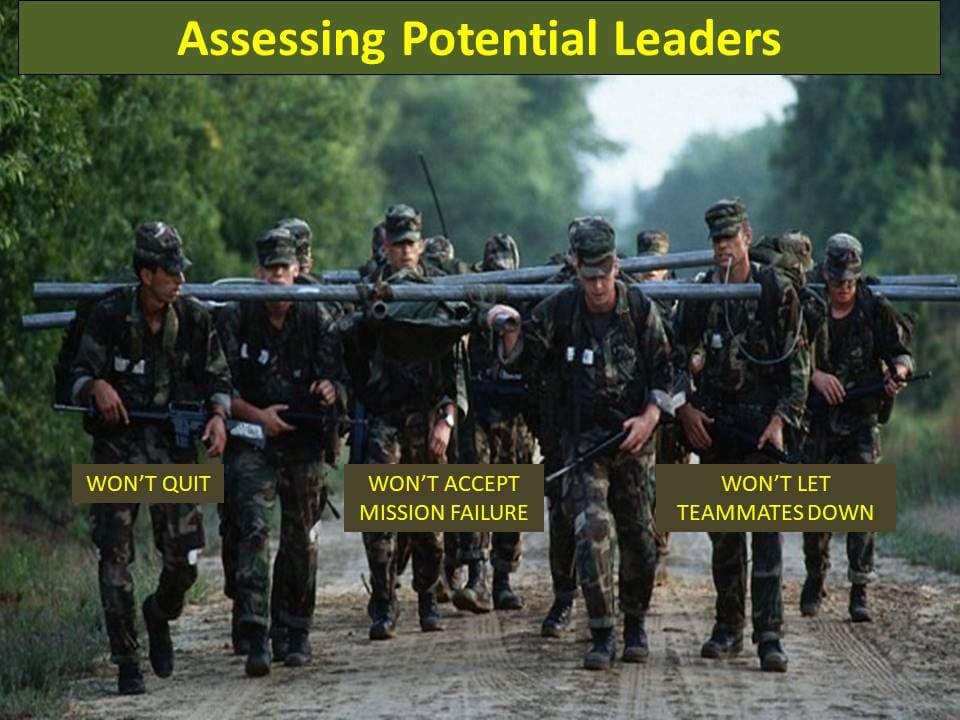
Obviously, if a candidate is available who has already satisfactorily demonstrated the requisite basic character traits and skills for the job the choice is easy. If a Staff Sergeant joins an Infantry Platoon, it is reasonable to expect that an infantry NCO of that grade – even if just promoted – has already demonstrated at least the potential to lead a squad successfully. Therefore, unless there is evidence to the contrary, we can have trust and confidence that the individual is qualified to get the job done. If that is not the case, a leader choses someone else judged suitable for the task, or – if there is no other option – takes a risk or even a gamble on someone who is untested. Consequently, while the original question (above) sounds simple, it begs a bit deeper dive into the continuous process of assessment, selection or non-selection, teambuilding, and – as always – the role of leadership.
In the Bible, Gideon assessed soldiers for the coming battle based primarily on how they individually drank water from a stream. As the story goes, the 300 he selected (with divine guidance) went on to achieve a decisive victory against an enemy many times larger. Military leaders throughout history have found it useful to develop and apply some form of assessment criteria to sift presumably better quality fighters – or those with special talents – from whatever untested quantity of personnel might otherwise be available. Those so selected tended to be considered “elite” soldiers, often organized into “special” units, with exceptional and often higher-risk mission sets. In every case I can think of, and regardless of whatever assessment method might have been used to find them, those select few never formed the bulk of any army.
In 1899, Elbert Hubbard wrote a short and thought provoking ode to personal initiative and the rare individuals who can be counted on to get hard jobs done called “A Message to Garcia.” Hubbard concluded by saying, “Civilization is one long anxious search for just such individuals. Anything such a man asks shall be granted; his kind is so rare that no employer can afford to let him go. He is wanted in every city, town and village – in every office, shop, store and factory. The world cries out for such: he is needed, & needed badly – the man who can carry a message to Garcia.” Hubbard’s version of assessment and selection criteria. I would say that he was certainly right about at least two things; result or mission oriented and purpose driven people are habitually in short supply and they are always of great value. Especially in battle.
“Show me a man who will jump out of an airplane and I’ll show you a man who will fight.”
LTG(R) James M. Gavin
I have often spoken with admiration of the assessment and team-building process paratroopers of World War II went through. It is an excellent example for leaders today to study. Commanders of those paratroopers had to build winning combat teams while simultaneously assessing individual paratrooper candidates. In most cases, the nascent Parachute Infantry Regiments (PIRs) were formed around a small cohort of relatively experienced officers and NCOs – only a handful of whom were already parachute qualified. That assigned cohort became the primary trainers of the unit. The PIRs ran their own infantry-centric training programs for approximately five months before going in turn to Fort Benning for what we now know as “Jump School.” The school was the only major portion of the training with assigned instructor cadre. Completing the four weeks of Jump School was essentially the final crucible event for the new paratroopers. At the end of Jump School, they were awarded their wings, allowed to blouse their boots, and call themselves paratroopers. It was a big deal.
Shortly thereafter, the PIR would conduct one or more maneuver exercises involving parachute assaults and be declared fully “combat ready” for deployment. It is unfortunate but true that we no longer give basic airborne qualification the kind of respect it carried in the days when few Americans – and practically none of the airborne candidates – had even flown in a plane. Those paratroopers and their leaders were being evaluated, organized, and trained, to do two highly risky things: individually jump out of an airplane in flight and collectively seek to take and hold key terrain usually behind enemy lines. The toughest of tough jobs. Stephen Ambrose’s book about the 506th PIR and Kurt Gabel’s about his experience in the 513th PIR give good accounts of the training regimens for the PIRs. The first episode of the Band of Brothers miniseries provides a good approximation of the training as well. In short, while practicing modified airborne specific infantry tactics and receiving U.S. weapons training, the aspiring candidates were subjected to intense physical conditioning, taught foreign weapons employment, demolitions, survival skills, and combatives.
The training program was refined and changed over time, but was never just a random hodgepodge of tasks. The expectation was that paratroopers would likely be widely scattered; critical equipment lost or destroyed; key leaders missing or killed. Small groups and even individual paratroopers were supposed to take those contingencies in stride and still move aggressively to seize their objectives. In training and then later in combat, PIRs made it SOP to brief every trooper on the operational and even the strategic plan – not just on his platoon or company’s small part of it. Airborne leaders concluded that troopers had a need to know the bigger picture and the intent of the mission in order for the PIRs to succeed in combat. They were right. It also becomes obvious that if individual troopers were expected to take mission lead when necessary, then each one had to also be assessed and their leadership potential developed as much as possible in support of the team effort.
That is why large parts of the Army leadership then – and even now – are generally not fans of any specialized units. They recognize that those units tend to siphon off and concentrate that rarest of commodities – soldiers with leadership potential – stolen as they see it, from “regular” units. If you think of talent management as only a zero sum game, there might be some truth to that perspective. However, I would argue otherwise. In World War II, with the fullest mobilization of American manpower in history, the PIRs had an initial surplus of candidates applying for the job. However, even with that abundance, the U.S. was only able to field about a dozen PIRs. In the final 18 months of the war, those last PIRs formed were destined to serve as training units only. At the completion of the training cycle, their troopers deployed forward as individual replacements for the PIRs and separate Parachute units already in combat. We never got to the point where we had “too many” paratroopers; or too many aviators or any of the other myriad specialties we needed people to fill in large numbers. Even then, talent was in short supply.
Let us transition to a formal assessment program established more recently and that I am personally familiar with. That is Special Forces Assessment & Selection or SFAS. Although it has evolved over the years, the program we use was initially based in large part on the Australian SAS selection program of the mid-1980s. It started out as a three week event in 1988, was reduced to two weeks just before 9/11, and was later re-extended to three weeks. Before anyone asks, I will explain why it was reduced in length for a time. However, as usual, I will take the long way to get there. There is an old saying that “there would be no Special Forces if not for the 82nd Airborne.” That is actually more literally true then most people might realize. In 2000, some 70% of the enlisted candidates for SFAS were already Airborne qualified. While there are a handful of exceptions every year, enlisted soldiers (unlike officers) only get a slot at Jump School if they are on orders for an Airborne assignment.
That means that the majority of our enlisted candidates – who make up the bulk and backbone of Special Forces – were coming from another Airborne unit like the 82nd or the Ranger Regiment. Furthermore, if you add the candidates from the 101st, 25th ID and the 10th Mountain that accounted for some 96% of all the enlisted candidates that volunteered to try out at SFAS. In short, our practical in-service recruiting pool is fundamentally just four Divisions of the Army. For reference, officers – all of whom are Captains – are 100% Airborne qualified and some 85% that show up are Ranger qualified. Moreover, the preponderance of all in-service candidates have an infantry background. I have met the occasional exception, but the fact is that statistically we get practically zero from the Armor Community, Aviation, Intelligence, Combat Support, or Combat Service Support units. If we get a Messkit Repairman, it is likely because he served in an infantry or engineer battalion rather than a Corps’ Messkit Repair Brigade. Many intel soldiers want to serve in SF Groups – as Intel Analysis not as (SF) 18 Series MOSs. The same is true of most of the so-called “support” MOSs in Group.
Make no mistake, we absolutely need those highly skilled soldiers and officers to function, and they are appreciated – but they do not fill A-Teams. In 2000, the Special Forces Regiment was in a statistical “death spiral.” We were losing more 18s from ETS and Retirement then the schoolhouse was producing. Many reasonable and some outlandish ideas were floated that year to address the problem. One retired former Group Commander suggested that we get the Army to “levy” soldiers to go through SFAS – some percentage of those pressganged soldiers were bound to pass he opined. He was serious. He was crazy, but he was serious. A better idea was to find another pool to fish in. That is where the 18X-Ray Enlistment Program came from. It was not that radical really, the Ranger Regiment had been using a similar enlistment option for some time. However, it would be almost a year before any of those 18Xs even got to SFAS and at least another year before even one would get to an ODA; so it was not a quick fix. Moreover, while it briefed well, no one had any real feel for how many people “off the street” would go for a program of multi-year length. There was some anxiety at first, but I would say that particular initiative turned out well in the end.
I have said many times that no good decisions are likely to be made out of fear or in a panic. Unfortunately, some people were panicking. They decided that the best way to get more green hats on heads was to “adjust” the standards. It was an emergency they reasoned and bold action was required to save the SF Regiment. These well-meaning but tragically misguided leaders started to look at the assessment gates where the most attrition occurred. In SFAS it was during the third or “team” week. Therefore, they dropped the third week. Just like that. The SFAS cadre was not consulted, no study was conducted – they were just told to execute. The premise behind this change was wrong on many levels. Standards and assessment criteria can and should evolve over time. Doing something simply because “that is the way we have always done it” is never a good excuse not to at least periodically reevaluate. Yet, before any chance is made, the first question that needs to be asked and honestly answered is whether the current criterion are still valid. If the answer is “yes” then no change is warranted – regardless of the numbers.
In this case, there was nothing wrong with the existing three week program. It was doing exactly what it was supposed to do. Now, here is the funny part; making SFAS shorter did not result in any noticeable change in the attrition rate. The cadre does not control assessment or the outcomes; the candidates control it – although most do not realize it at the time. The candidate volunteers to show up. The candidate chooses how much effort he is willing to exert, and he decides when to quit or not. The cadre simply set up the conditions and then observes the candidate’s performance. If the candidate came to stay, came to win, he will keep at it for two or three or as many weeks as it takes. If he did not show up with that attitude, it is just a matter of when – not if – he will quit. It is also worth remembering that the finest soldiers and leaders that have ever served in storied special units in history were never subject to a formal individual selection program, as we know them today. Darby never experienced anything like the current Ranger School and never wore a Ranger Tab. Anybody doubt he was a fully qualified Ranger? Early Green Berets went through some tough training. However, none ever went through something like our current SFAS. They earned their tabs – before there were tabs – in different but just as legitimate ways.
To answer the original question, I have found that it comes down to the three credos on the attached picture. I look for people who won’t quit, won’t accept mission failure, and won’t let their teammates down. I try to be that kind of leader myself and set the right example. I want to know if a candidate has internalized that ethos – or at least has the potential to. In other words, I am looking for leaders. That is it. Everything else comes down to training. There is a scene in the football movie “The Replacements” with Gene Hackman and Keanu Reeves. The Coach (Hackman) askes the Quarterback (Reeves), “What’s it going to be?” Reeves replies, “I want the ball, Coach!” Hackman says, “Winners always do.” I do not think anyone can be a leader that does not have an innate desire to win. That means in military units that a true leader’s first instinct is to claim ownership of the mission. Real leaders seek to take control of the proverbial ball. When a subordinate has shown the desire and / or the potential to take on additional responsibilities, a good leader will challenge them, test them, and be an accelerant not a retardant to their ambitions to take up the yoke of leadership.
By now, some of you might be saying, that is fine, but my unit does not have the luxury of a formal assessment program and I have to deal with whatever the Army sends me. I can assure you that the principles are the same. It just falls to the individual leader to conduct those job interviews and make those professional assessments for themselves. It is an innate part of the job. With practice, leaders learn to do it almost instinctively. We routinely recommend select people for schools or promotions. We test our subordinates and make judgements about whether or not they are ready for tasks or assignments that are more difficult. In conclusion, it has been said, that an army of lambs led by a lion is more to be feared than an army of lions led by a lamb. Clearly, what is best in life is to have an army of lions led by a lion. That goal requires no magic or luck, just continuous and rigorous assessment, engaged and tenacious leadership, and focused and effective teambuilding. In the end, good leaders must get the best out of all their soldiers, and the most out of all the lions they can find or develop on their teams. De Oppresso Liber!
